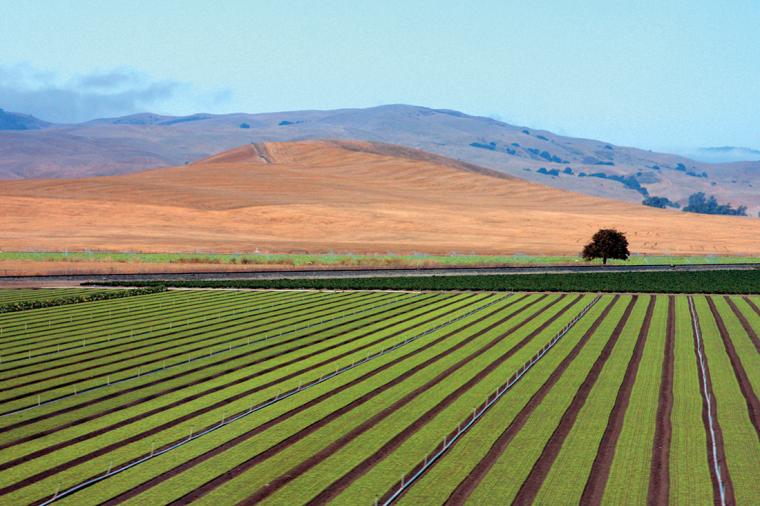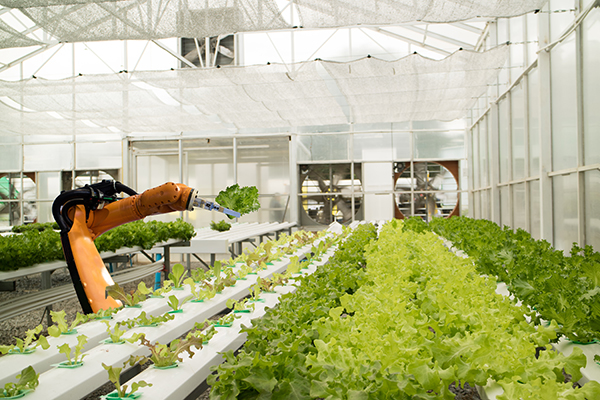
Global food markets, particularly in foodtech and alternative proteins, are experiencing explosive growth. According to a March 2025 report, the alternative protein market was valued at $90.5 billion in 2024 and is projected to reach $238.7 billion by 2034, growing at a CAGR of 9.8 percent (Coherent Insights, Meticulous Research, 2025).
Despite the overall momentum, leaders in foodtech and alternative protein companies face greater complexity than ever before. The current global environment is increasingly unpredictable due to geopolitical tensions, commodity volatility, evolving regulations (e.g., acceptance of alternative products and production methodologies) and economic uncertainties affecting consumers. All of these factors add to the level of uncertainty and associated risks.
At the same time, companies are under intense pressure to scale production, continue to innovate and meet global demand while maintaining sustainability and managing costs.
Operations and supply chain leaders in these companies face a number of clear challenges while expanding their production and logistics capacities:
- Controlling costs – managing costs per unit in a world in which raw material and production expenses are evolving
- Ensuring supply chain agility – quickly adapting to sudden shifts in ingredient availability or demand
- Improving service levels – maintaining consistent freshness, quality and product availability, according to the standards of retail customers and consumers
- Building resilience – reinforcing the supply network against disruptions such as climate events or policy changes
BCI Global identified four key trade-offs that companies in foodtech/alternative proteins manufacturing must be making in order to remain successful in scaling up manufacturing:
- Big bang versus incremental growth strategy
- Manufacturing in-house versus partnering with specialized contract manufacturers
- Keeping manufacturing in one location versus decentralizing across the globe
- Selecting the optimal location for new manufacturing
operations
Big Bang Versus Incremental Growth Strategy

In the period from 2018-2022, when alternative food products were starting to boom, market access was widened in several markets and companies were able to secure significant funding to facilitate the scaling up of activities, many companies were planning a big bang market entry strategy.
Big bang refers to pushing hard on the commercial strategy, winning big deals with food retailers and entering large online food e-commerce platforms to quickly grow sales in multiple markets. By doing this, the volumes and related revenues would increase, allowing for investment in new production capacities and the scaling up of distribution operations.
In that period, companies such as Redefine Meat, Beyond Meat, Impossible Foods and Upside Foods developed and expanded manufacturing plants in Europe and/or the United States.
As of 2022, the situation began to change, largely due to developments in global economy financing. Due to the nature of this relatively new industry dominated by scale-ups and start-ups with a clear need for external financing for expansions, it became more difficult to obtain financing, which led to a need to reassess the strategy.
BCI Global has observed many companies in that period choosing to slow down the pace of expansion and move away from planning large investments into new manufacturing plants in different parts of the world. Alternatively, these companies chose a more gradual expansion strategy, focusing on key pilot markets first and slower expansion of the product portfolio, for example.
Still, the market opportunity is there. All longer term projections show huge compound annual growth rates (CAGRs) for new foodtech/alternative protein products globally. As a result, in the current environment companies in this segment are facing the dilemma: go fast or go gradual?
Manufacture In-house Versus Partner with Specialized Contract Manufacturers
The food industry in general traditionally has a mixed landscape of in-house and outsourced manufacturing activities (contract manufacturers, tollers, etc.). In the foodtech/alternative proteins segment, outsourcing is even more common. CMOs are an integrated part of most successful start-up/scale-up companies’ manufacturing strategies, similar to common practices in the pharma/biopharma industries.
The trade-off between manufacturing in-house versus through external partners requires a multidimensional view. Of course, costs play an important role. Here it is about finding the optimal balance between recurring operating costs and one-off capital expenditures.
Outsourcing may, in many cases, come with higher operating costs than in-house production as the external partner will need to make a profit margin as well. On the other hand, outsourcing partners may leverage the combined volumes of multiple customers and, by doing that, be able to offer competitive costs per unit. This is often driven by high utilization of the equipment and infrastructure they invested in, resulting in better coverage of the fixed costs coming from these one-off investments.
BCI Global has seen from many projects that, from a full cost perspective, the difference between in-house and outsourced operations is not significant enough to completely base the decision on.
Other more qualitative factors play an important role in this as well. Examples include:
- Strategic flexibility – the ability to change course in case the market/global environment changes
- Scalability – the ability to scale capacity up or down, usually required in a market that is still developing and in which demand planning is difficult
- Strategic fit – the level to which the company’s culture is more aligned with owning and operating assets itself or with a focus on core operations only and outsourcing what can be outsourced
- Financing – the level to which the company is able to make significant investments
- Technology/intellectual property/innovation – the level to which the product(ion) technologies and related complexity are driving more towards in-house or outsourced production
- Timing – determining how fast can capacity be up and running
- Partners – the availability of relevant partners with available capacity
Keep Manufacturing in One Location Versus Decentralize Across the Globe

Many established companies around the globe, across all industry verticals, are currently asking themselves the question of whether a (more) decentralized manufacturing footprint will be their solution for the future. The advantages of such a set-up are a smaller impact of potential trade tariffs, less global exposure to unexpected events in specific geographies, a lower risk of supply disruptions and, in some cases, better market access (the ability to label a product “Made in …”).
The same question is valid for fast-growing foodtech/alternative proteins manufacturers. The initial strategy, as described earlier, deployed by these companies historically was to start manufacturing at one location (often in or close to the home market) and then scale production until there is a clear business case to start a second or third facility in other geographies.
With the current global uncertainty, the threshold for companies, including these fast-growing ones, to make a step towards producing in multiple geographies in some cases has been lowered. This results in the fact that these companies earlier in their development decide to decentralize production and move into new geographies.
As mentioned previously, this does not mean that all foodtech/alternative protein manufacturers set up a network of their own plants. For some companies, this is the right strategy. Others choose a strategy of initially launching their own plant as an in-house global center of excellence and developing a network of external manufacturing partners around that to enter and scale up in new markets.
Selecting the Optimal Location for New Operations
In today’s volatile global environment, companies are placing greater emphasis on conducting thorough, data-driven assessments when deciding where to establish their first manufacturing site. Striking the right balance between short-term agility and long-term scalability, as well as between internal operations and outsourced capabilities, has become a strategic imperative.
While start-ups are often seen as risk-takers, their approach to selecting a location for their initial production facility is clearly more cautious. Whether opting to build in-house or collaborate with a third party, these companies favor locations perceived as low-risk. For this first step, failure is simply not an option. Securing access to qualified managerial and engineering talent is essential, as is proximity to suppliers and the presence of a robust logistics infrastructure.
Government support is another factor that plays an important role. Start-ups often look beyond financial incentives to forms of “soft landing” assistance — recruitment support, positive regional branding and integration into local ecosystems and innovation networks are all highly valued.
Finally, the business opportunity of the local market and its openness to new products or production technologies, such as biomanufacturing or genetically modified ingredients, can make or break the decision. T&ID
